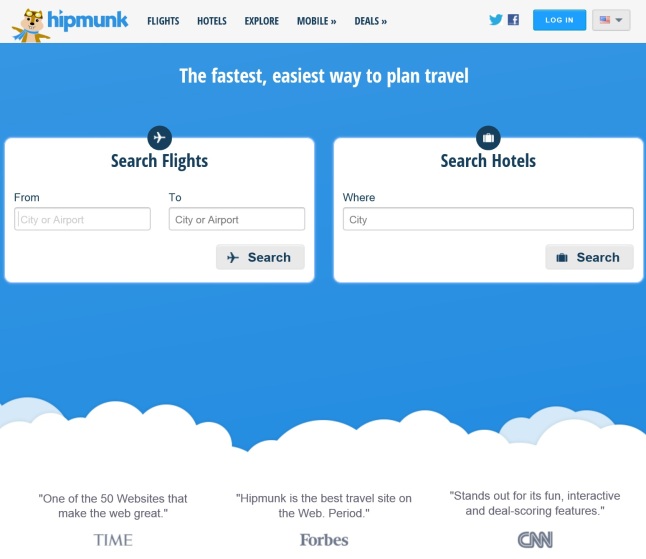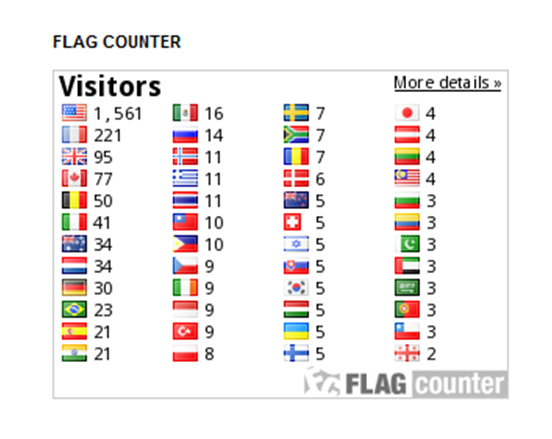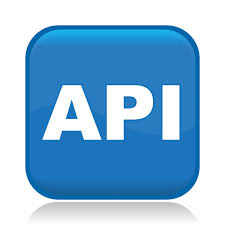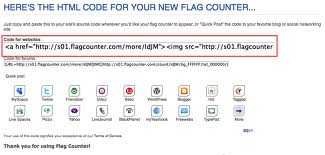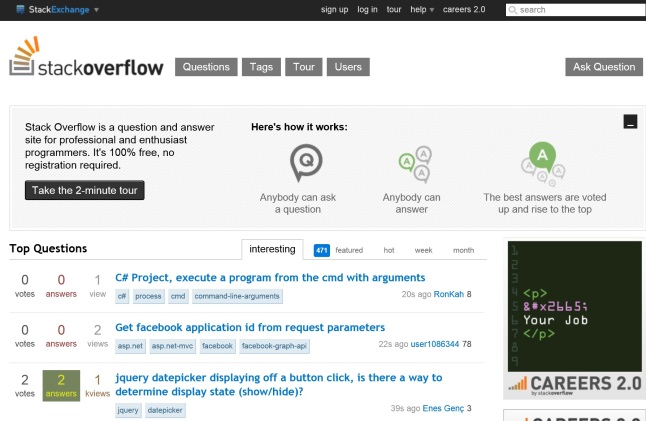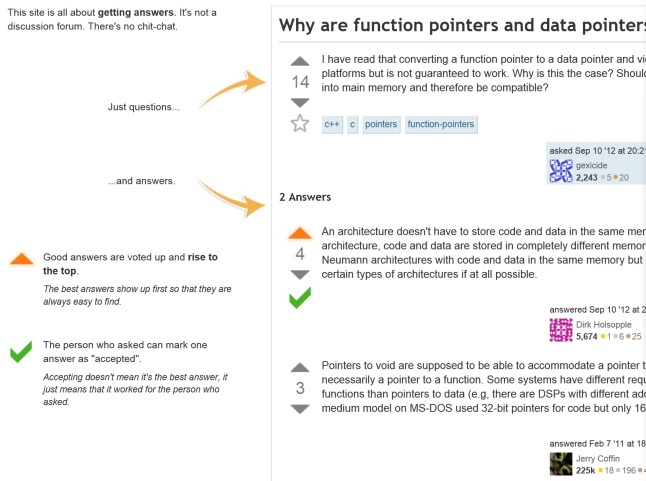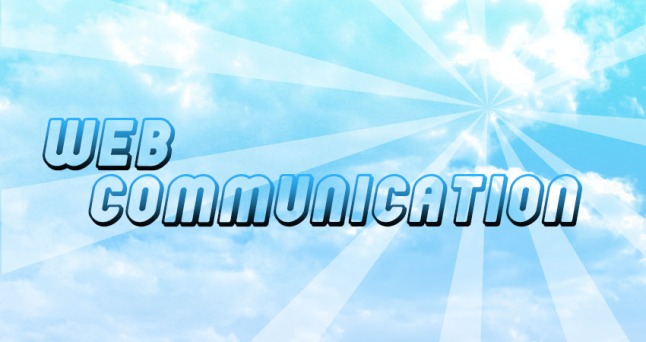
Harnessing Collective Intelligence and Web 2.0 (WordPress)
Now we are living in the era of [Web 2.0], the technology beyond the static web page of previous web version. In early stage, Web 1.0, the role of web pages was only limited to present the simple textual page without the fluent contribution of users. Users couldn’t emphasize their thoughts and knowledge to content up-loaders even if they found an error or sensitive phrase in uploaded content. The main reason is Web 1.0 didn’t support [User Participation function], so obviously, Web 1.0 was generally called Read – only era. Although Web 1.0 refers the great leap of international web history, it’s hard to say it did enhance the user’s participation. (weblinkindia, 2010)
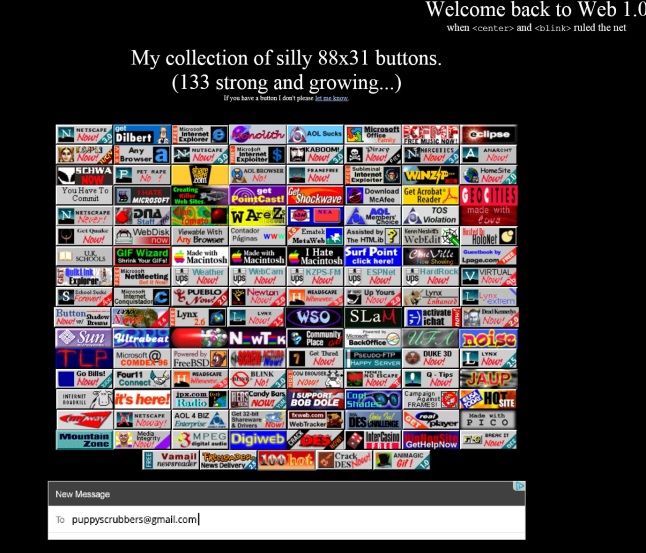
(Complexify, Welcome back to Web 1.0)
http://www.complexify.com/buttons/ <— Welcome to the world of [Web 1.0].
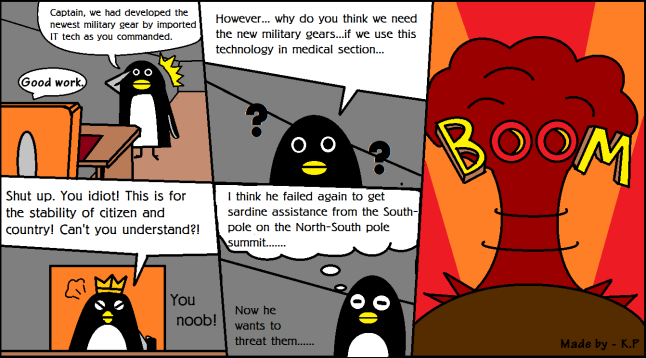
 (Seriously, I really like this satirical penguin series, but where is my [Like] button?!)
(Seriously, I really like this satirical penguin series, but where is my [Like] button?!)
But, thankfully we don’t have to worry about this situation, because now the trend has changed into the [Web 2.0] generation. ( weblinkindia, 2010) Web 2.0 has environment for developing dynamic entities, so developers could develop new concepts like Wiki, Widgets and Video streaming which was not possible in the first era. However, the most important thing is users can share and publish their own content and thought via few simple systematical steps. Some of these phenomena, particularly ‘participation’ era, made a new concept which called [Harnessing collective intelligence]. (Chua)
Tim O’Reilly, the person who set up the term ‘Web 2.0’, defined [Harnessing collective intelligence] as the new pattern of Web. (O’Reilly , 2006) Tim O’Reilly further mentioned Collective intelligence applications depend on managing, understanding, and responding to massive amounts of user-generated data in real time which also means the purpose of Web 2.0 is all about [Harnessing collective intelligence]. (Battelle & O’Reilly, 2009)(O’Reilly , 2006) At a practical level, [Harnessing collective intelligence] is the aggregated knowledge of individuals and expertise across the organization via social media. Participators help, share, create and improve the quality of information for learning and teaching themselves in real time.

(Baum, Best WordPress Themes for Writers & Publishers)
To experience the relation between HCI & social media more, I decided to start the WordPress blog which is the most used blog platform in the world. WordPress is an Open source project, which means users are free to use it without paying anyone a hosting fee…except additional plugin services and font installation…….(WordPress.org)
WordPress has functions to allow users to interact and communicate with each other. As mentioned above, it provides categories like forum and [Blogger lists] for fluent communication. (WordPress.org) For example, if I want to have an ‘interaction’ then,
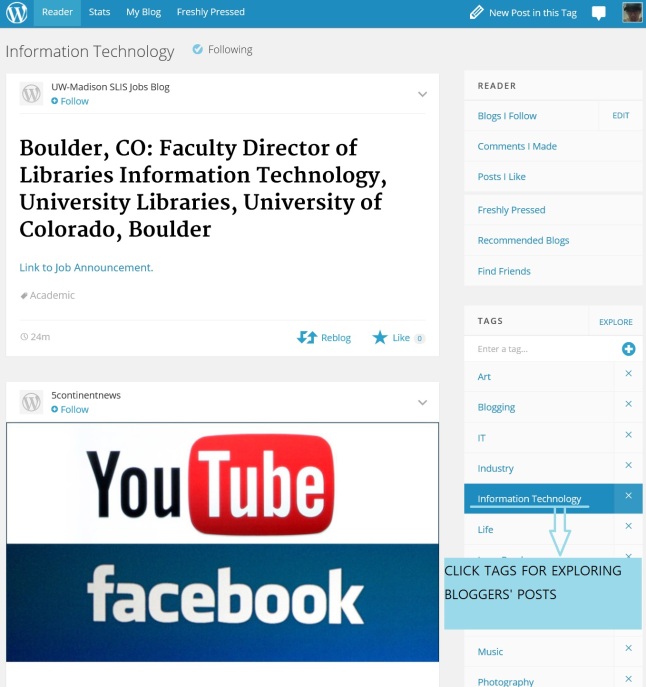
I can click the meta-tag which I really wanted to approach. In addition, if I like a post or want to have a little discussion about the post, and then I can upload my comments or press the like button for uploaders. (WordPress.org)
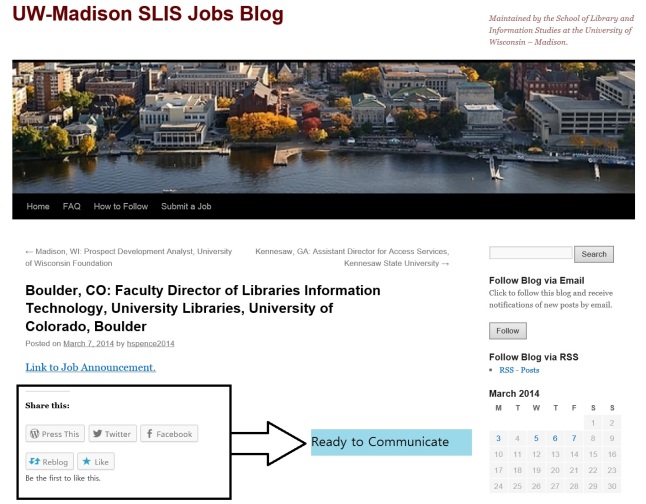
Click the Posts, and done. Others also can visit my site and do the same process what I did previously. (WordPress.org)
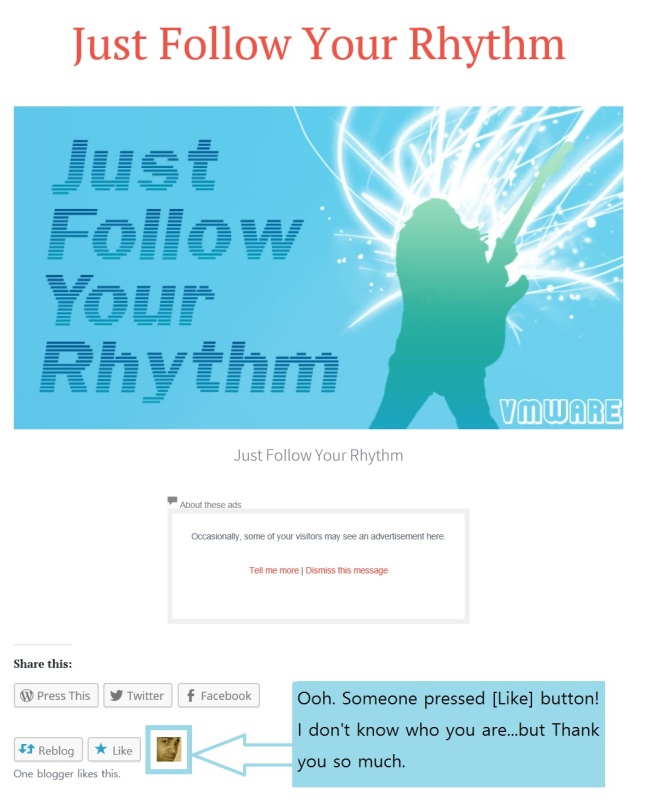
To sum up, I realized everybody can be a contributor in the environment of HCI. As the experiment, participators can be a visitor, or they can be a writer as well and this is what HCI looking for. Now we are living in the era of transcendence. HCI is evolving too. New competencies, new development models, and new attitudes will keep appearing through the developing process as O’Reilly mentioned.(O’Reilly , 2006)
-References-
Chua, S. (n.d.). Harnessing collective intelligence. Retrieved from http://c4lpt.co.uk/new-workplace-learning/liso-fostering-collective-intelligence/
Battelle, J., & O’Reilly (2009). Web squared: Web 2.0 five years on. Retrieved from http://www.web2summit.com/web2009/public/schedule/detail/10194
O’Reilly , T. (2006, November 10). Harnessing collective intelligence. Retrieved from http://radar.oreilly.com/2006/11/harnessing-collective-intellig.html
weblinkindia. (2010, December 27). What’s the difference between web 1.0, web 2.0 & web 3.0?. Retrieved from http://blogs.weblinkindia.net/2010/12/27/whats-the-difference-between-web-1-0-web-2-0-web-3-0/
WordPress.org. (n.d.). About wordpress. Retrieved from https://wordpress.org/about/
[images]
Baum, H. (Composer). (2014, February 10). Best WordPress Themes for Writers & Publishers [Web Graphic]. Retrieved from http://www.selfpublishingreview.com/2014/02/best-wordpress-themes-for-writers-publishers/
Complexify. (Photographer). (1999, October 10). Welcome back to Web 1.0 [Web Photo]. Retrieved from http://www.complexify.com/buttons/
hspence2014 (Composer). (2014, March 7). Boulder, co: Faculty director of libraries information technology, university libraries, university of colorado, boulder. [Web Graphic] Retrieved from http://uwslisjobs.wordpress.com/2014/03/07/boulder-co-faculty-director-of-libraries-information-technology-university-libraries-university-of-colorado-boulder/
Rest of images were illustrated by KP Lee. (Writer)
